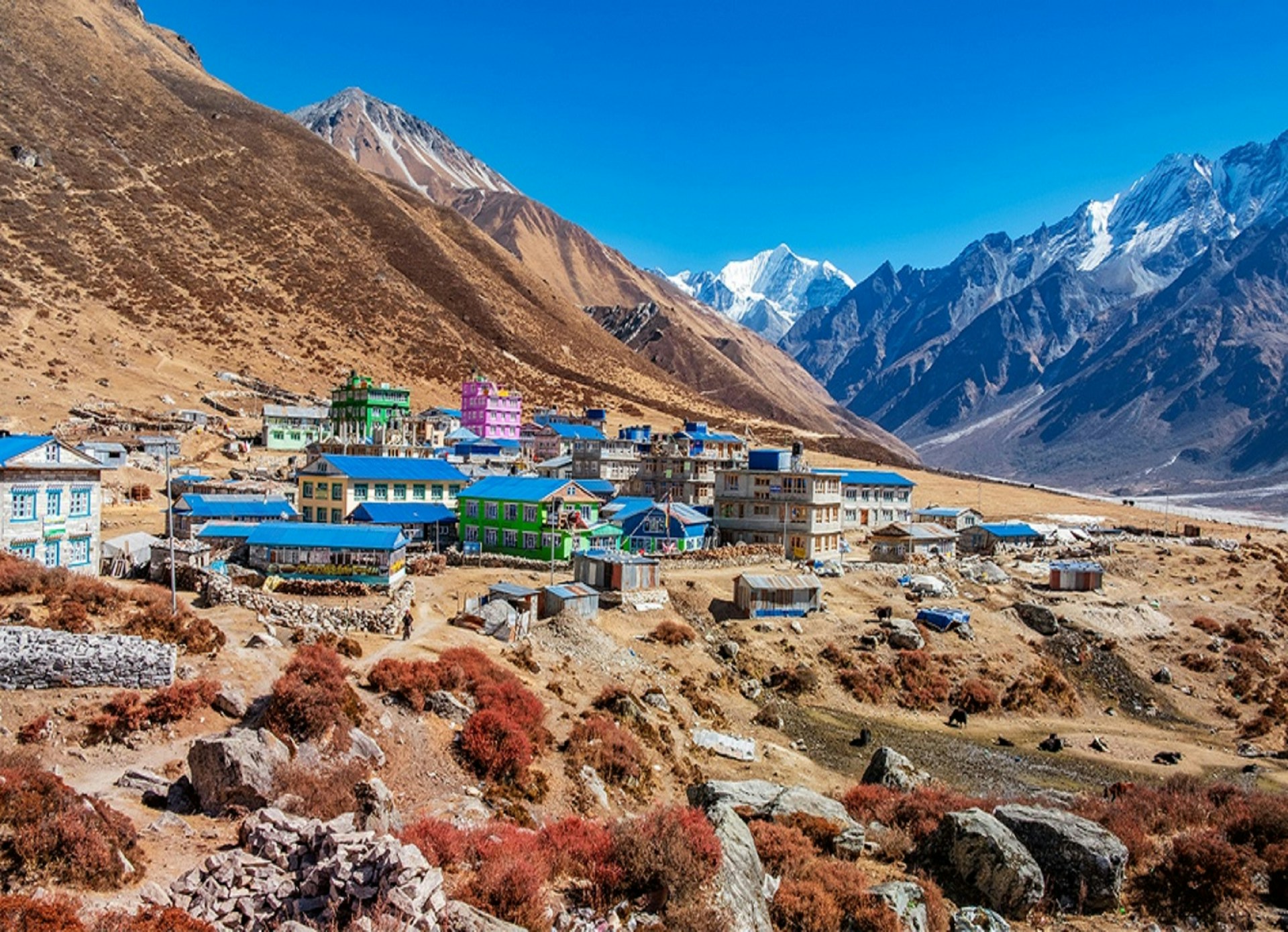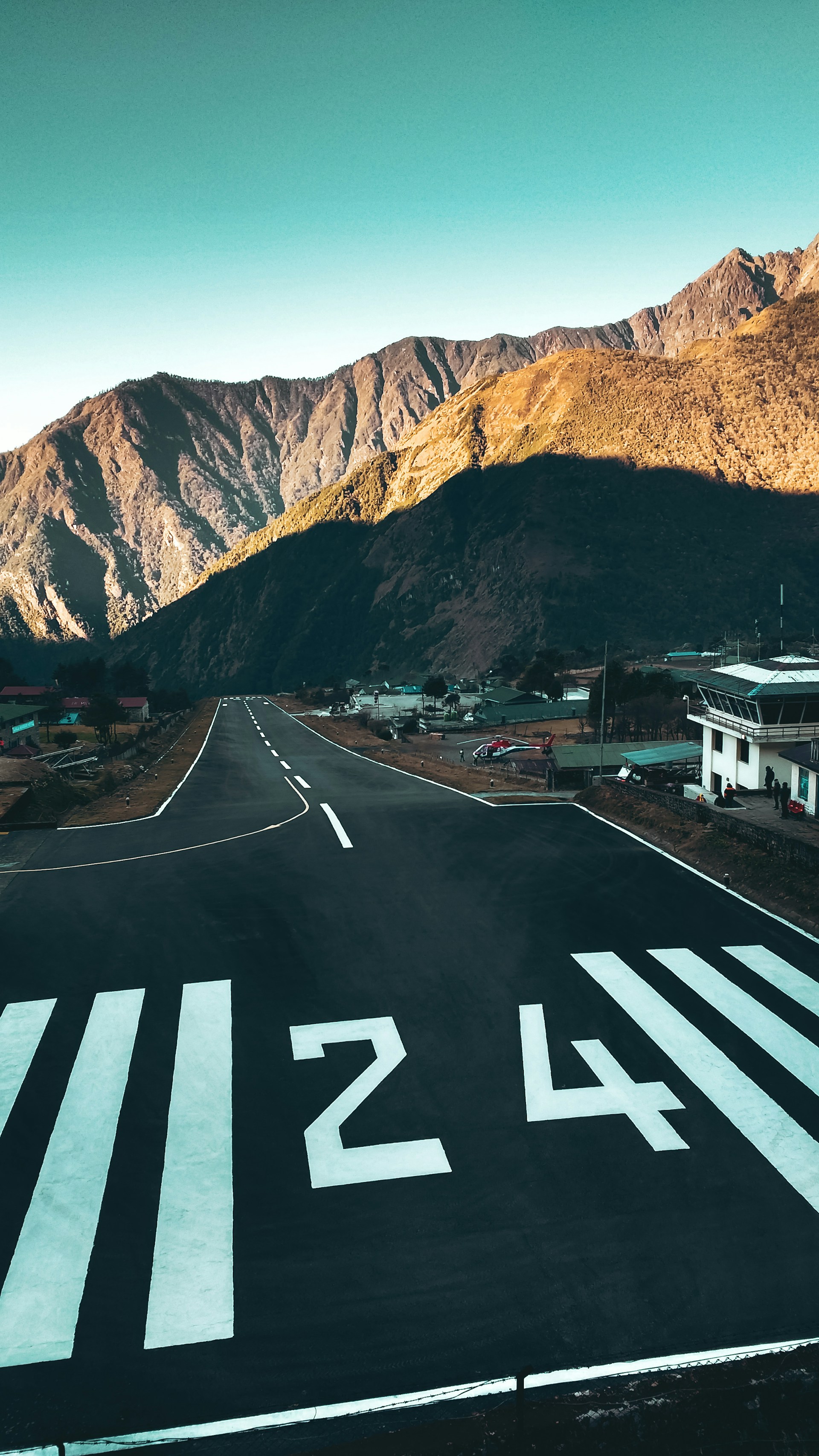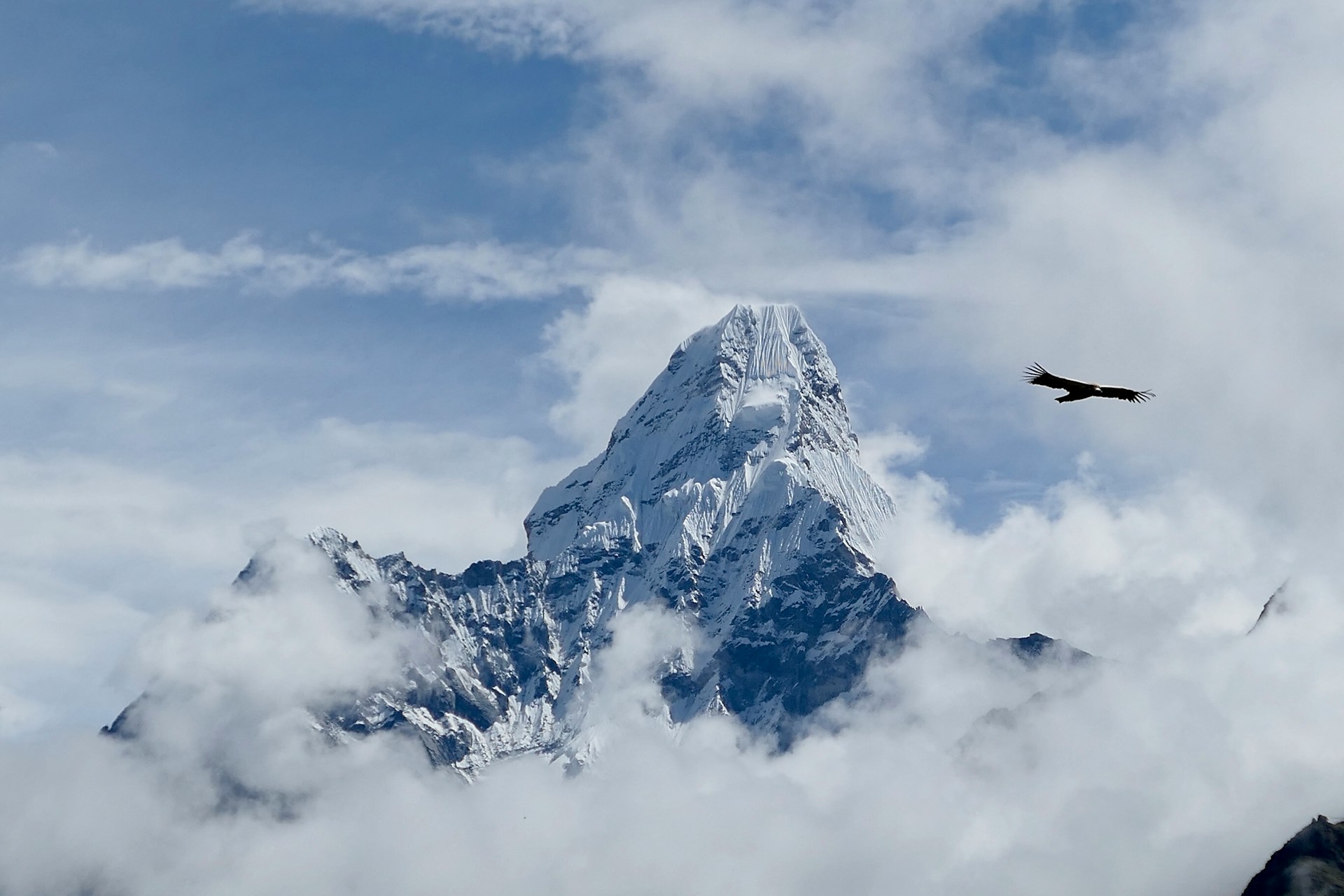Annapurna Conservation Area
The Annapurna Conservation Area, established in 1985, is the largest protected area in Nepal, spanning 7,629 square kilometers across Manang, Mustang, Kaski, Myagdi, and Lamjung. The Annapurna Circuit and Base Camp treks are among the busiest and most popular trails in Nepal and are highly favored worldwide. These trails see the most activity during the spring and autumn seasons.
Annapurna I was first ascended by French climbers Maurice Herzog and Louis Lachenal on July 3, 1950. The Kali Gandaki Gorge, which lies between the Annapurna and Dhaulagiri ranges, is the deepest gorge in the world. Notably, the death rate for attempts to summit Annapurna I is very high, standing at 38%.
We have a suitable and cheapest package for the Annapurna Base Camp Trek, which is 12 days from the arrival to the departure day. The view from Poon Hill at sunrise over the peaks of Dhaulagiri and Annapurna is most famous all over the world.
Here are the top 7 reasons to embark on an Annapurna Trek:
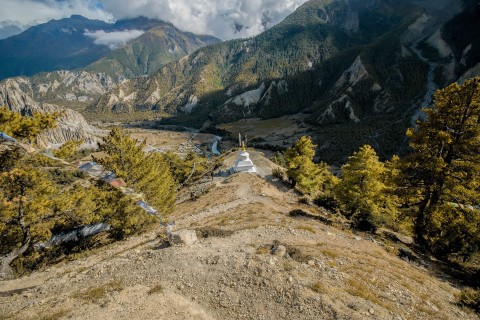
Experience the awe-inspiring views of Annapurna's majestic peaks, where towering snow-capped summits meet the vast, serene Himalayan skies.
1. Suitable for any age group
Age should not be a barrier for a trek in Annapurna Base Camp. This trek is a wonderful chance for seniors to bond with their family, and we have proudly seen this trek being a path for family reunion. The trek can be organized in a very relaxed manner and can also be divided into many days as needed. It can be embarked upon with any amount of time, although the normal itinerary takes around 12 days.
The trails are designed to be easy to walk, even for those who prefer a slower pace. With gentle slopes and a steady flow of streams, walking is comfortable. The trek’s paths are made to be easy, and the climbs are manageable.
For seniors, it’s important to take the trek slowly and steadily. The journey is about enjoying the beautiful destination and the experience along the way. You’ll be rewarded with stunning views of the Annapurna mountains, lovely landscapes, a variety of plants and animals, and fascinating Buddhist culture. Enjoying these sights at a comfortable pace is what makes the trek special.
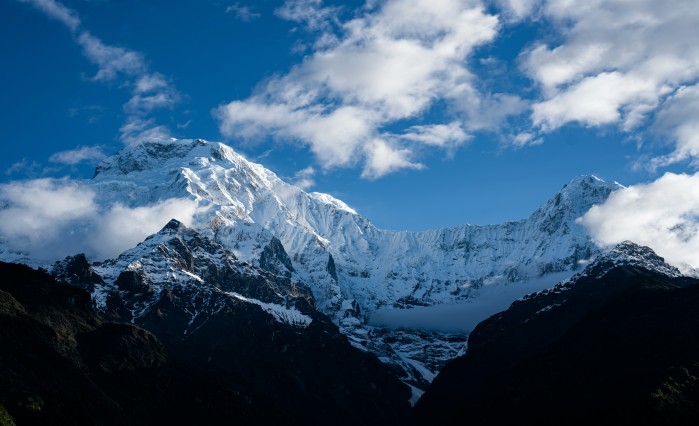
Discover the stunning beauty of Annapurna's majestic landscape, featuring breathtaking peaks and serene Himalayan views that captivate every trekker's heart.
2. Haven for Adventure Seekers
The Annapurna Region is a dream destination for adventure lovers. Each year, over 45,000 visitors come to experience its unique beauty and thrilling treks. One of the highlights is Thorong La Pass, standing at an impressive 5,416 meters, making it one of the highest passes in the world.
The region also boasts the stunning landscapes of Manang and Mustang, as well as the historically important Muktinath Temple. If you're looking for an unforgettable adventure, the Annapurna Base Camp Trek offers a chance to dive into the breathtaking scenery of the Himalayas.
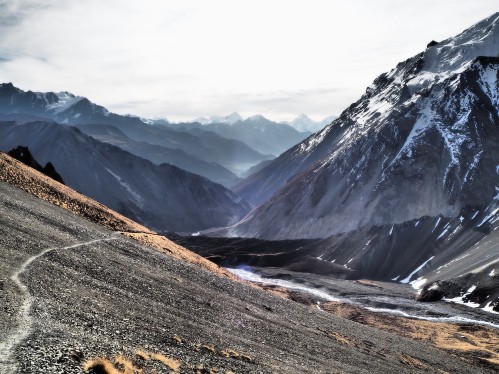
Explore the scenic trails of Annapurna, where lush landscapes and majestic peaks offer an unforgettable trekking experience in the heart of the Himalayas.
3. The Stunning Flora of the Himalayan Region
The Himalayas showcase an amazing variety of plant life, starting from the highest points on Earth. As you descend, the landscape shifts from evergreen broadleaf forests to a mix of evergreen and deciduous trees. Moving north, you'll find birch and rhododendron communities that gradually give way to alpine vegetation.
In the southern slopes of Nepal's Himalayas, you can enjoy the vibrant 'Chula Dolma' rhododendron, Nepal's national flower, with the snow-capped peaks, including Mount Everest at 8,848 meters, as a stunning backdrop.
The Himalayan range stretches over 1,200 km from Taplejung in the east to Dadeldhura in the west. The forests change below 1,800 meters, where rich rhododendron communities thrive between 1,800 and 3,350 meters. Nepal is home to 81 species of rhododendron, which add beautiful colors and pleasant aromas to the forests. These plants are important for local forestry and help protect the forests from threats. Local communities are actively involved in managing and preserving these ecosystems, working to prevent deforestation and over-harvesting.
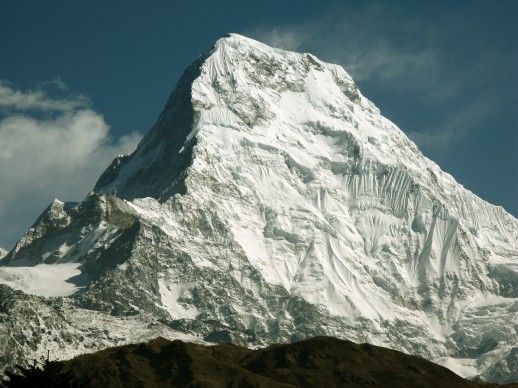
Witness the majestic Annapurna peaks, a breathtaking showcase of nature's grandeur, standing tall amidst the serene Himalayan landscape.
4. Natural Hot Springs
Nepal has an estimated 50+ hot springs in the Himalayan region, with temperatures ranging from 35°C to 68°C. These springs are popular for bathing, religious rituals, and tourism, offering both economic and health benefits.
One notable hot spring is located on the banks of the Modi Khola River, just below the village of Jhinu Danda. This natural spring provides a soothing remedy for sore muscles after a trek, with hot water emerging from the heart of the mountain.
The region around these hot springs is also rich in wildlife. You can spot musk deer, spotted deer, black bears, langur monkeys, wild boars, and snow leopards, as well as many species of birds.
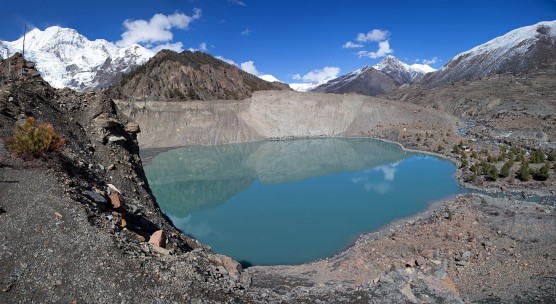
Discover the tranquil Annapurna Valley, where a serene river winds through lush surroundings, creating a picturesque Himalayan retreat.
5. Machhapuchhre Base Camp
Machhapuchhre Base Camp, often referred to as Fishtail Base Camp, is a remarkable destination situated at an altitude of 3,700 meters. This base camp was originally established for expeditions aimed at climbing Mount Fishtail, which stands at 6,997 meters. However, climbing Mount Fishtail has since been prohibited to preserve its pristine condition.
Despite the climbing restrictions, Machhapuchhre Base Camp remains a spectacular vantage point, offering breathtaking, close-up views of Mount Fishtail's striking peak, as well as the impressive Hiunchuli and Gangapurna mountains. The camp provides trekkers with a unique opportunity to experience the majestic beauty of these towering peaks in their natural splendor.
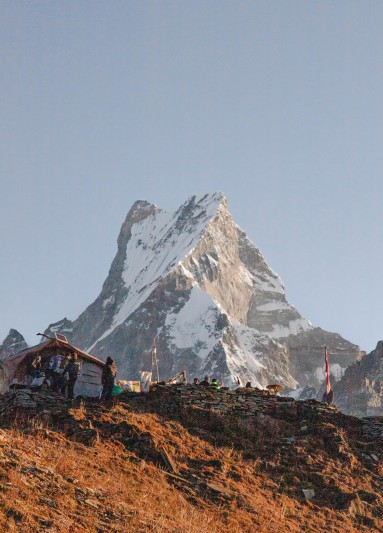
Experience the breathtaking scenery of Annapurna, where majestic peaks and stunning landscapes create a Himalayan paradise.
6. Poon Hill
Poon Hill is a renowned viewpoint situated at an altitude of 3,210 meters in the Annapurna region of Nepal. It is a highly popular destination for trekkers and hikers due to its stunning panoramic views of the Himalayan mountain range. From Poon Hill, you can enjoy breathtaking sunrises over the Annapurna and Dhaulagiri mountain ranges, with peaks such as Annapurna I, Annapurna South, and Dhaulagiri standing prominently against the sky.
The trek to Poon Hill is often part of the Ghorepani Poon Hill Trek, which is known for its relatively short duration and manageable difficulty, making it accessible to many trekkers. The trail to Poon Hill passes through charming rhododendron forests, traditional villages, and terraced fields, offering a rich cultural and natural experience.
The early morning hike to Poon Hill is rewarded with spectacular sunrise views, where the golden light illuminates the snow-capped peaks, creating a magical and unforgettable experience. The viewpoint is a favorite spot for photographers and nature lovers alike, providing some of the most beautiful and iconic vistas of the Himalayas.
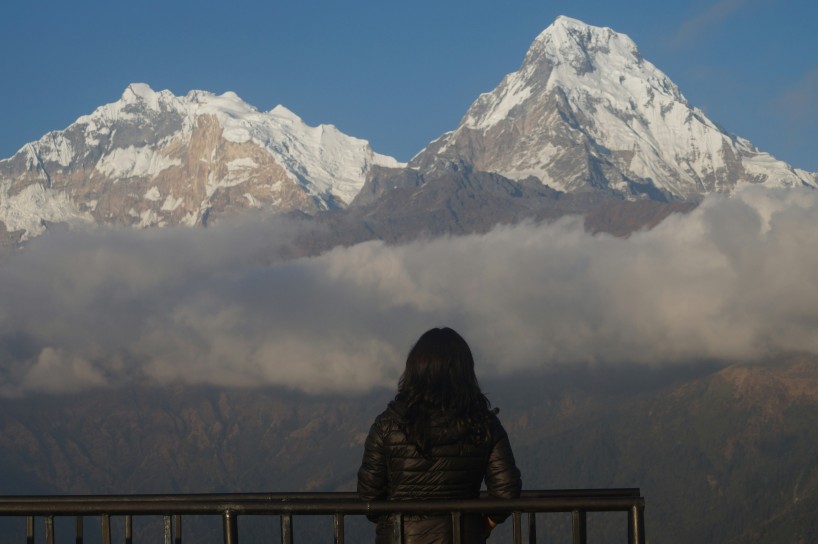
Discover the panoramic beauty of Annapurna, where towering mountains and serene valleys offer a mesmerizing view of the Himalayas.
7. Annapurna Glacier
The Annapurna Glacier comes from Mount Annapurna and Annapurna South. It’s a major highlight of the trek to Annapurna Base Camp. From the base camp, you can see the glacier stretching out over a large area.
You’ll also notice impressive features like the icefall, which has dramatic ice formations, and the moraine, which is a rugged area of rocks and ice. This view is one of the most memorable parts of the trek, showing the stunning beauty of the Himalayas.
Overall, the Annapurna trek is a fantastic journey through some of the most beautiful scenery in the Himalayas, combining incredible landscapes, rich culture, and unforgettable experiences.
For a great trekking experience, consider joining Vajra Adventure. We offer guided treks that help you make the most of your time in the Annapurna region. Vajra Adventure provides excellent support, from planning your trek to handling accommodations and local logistics, ensuring a smooth and enjoyable journey.
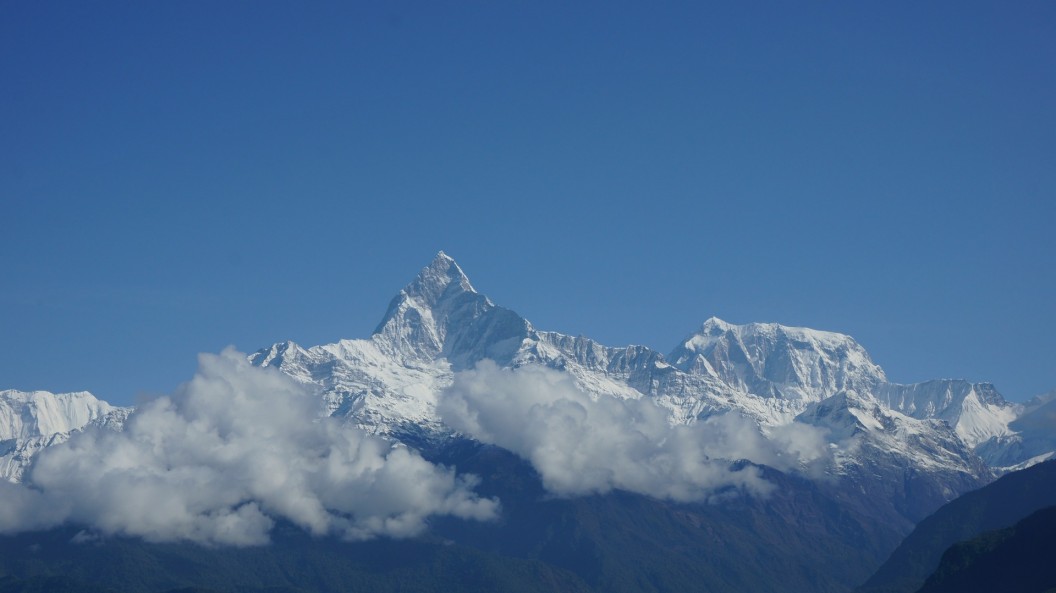
Admire the majestic Annapurna peaks, showcasing breathtaking Himalayan beauty with towering mountains and serene surroundings.
Popular Packages of Annapurna Region
Recent Blog Posts
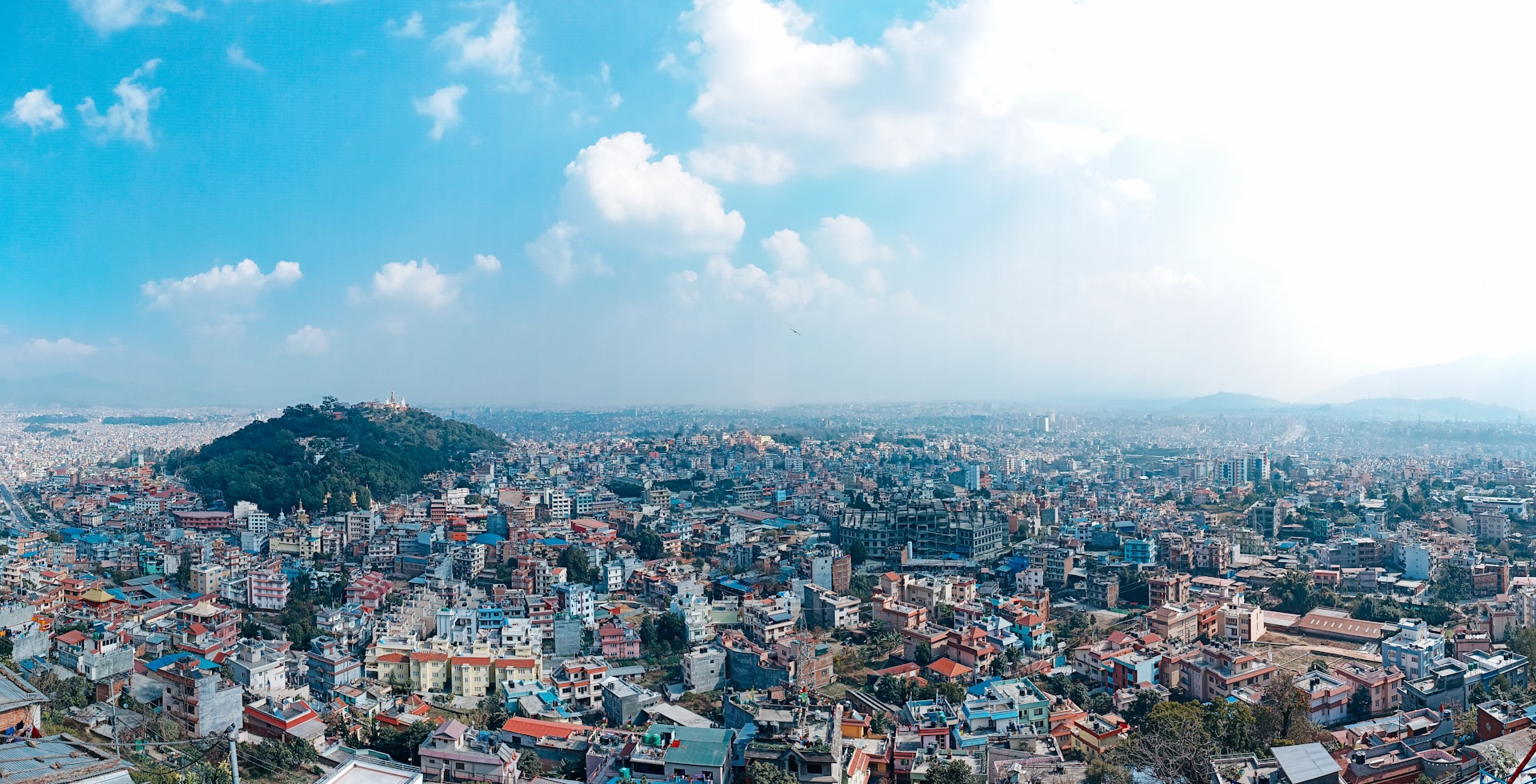
Kathmandu Valley: Exploring the Capital of Nepal
Jun 15, 2025
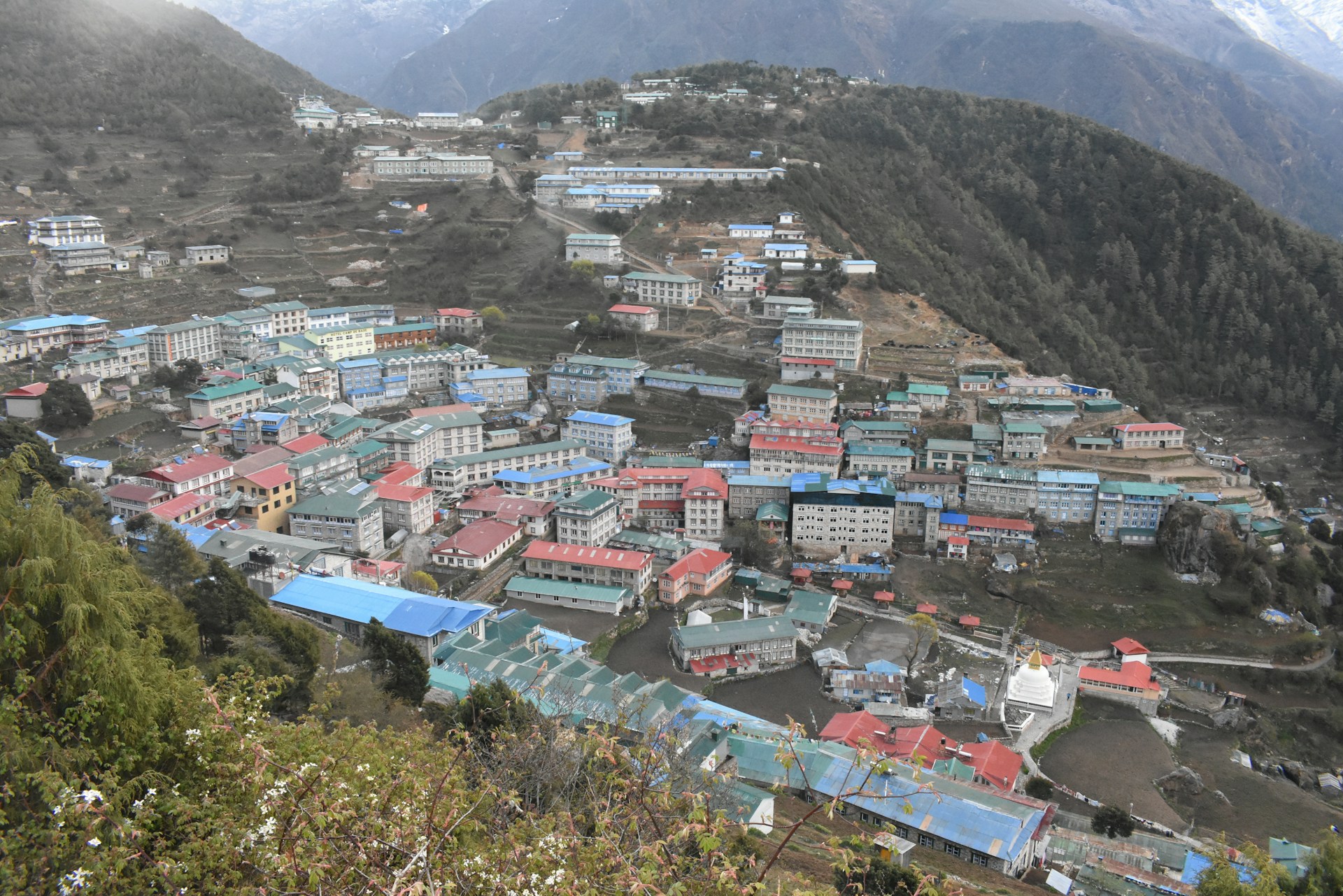
Namche Bazaar: What to Expect in the Sherpa Capital
May 20, 2025
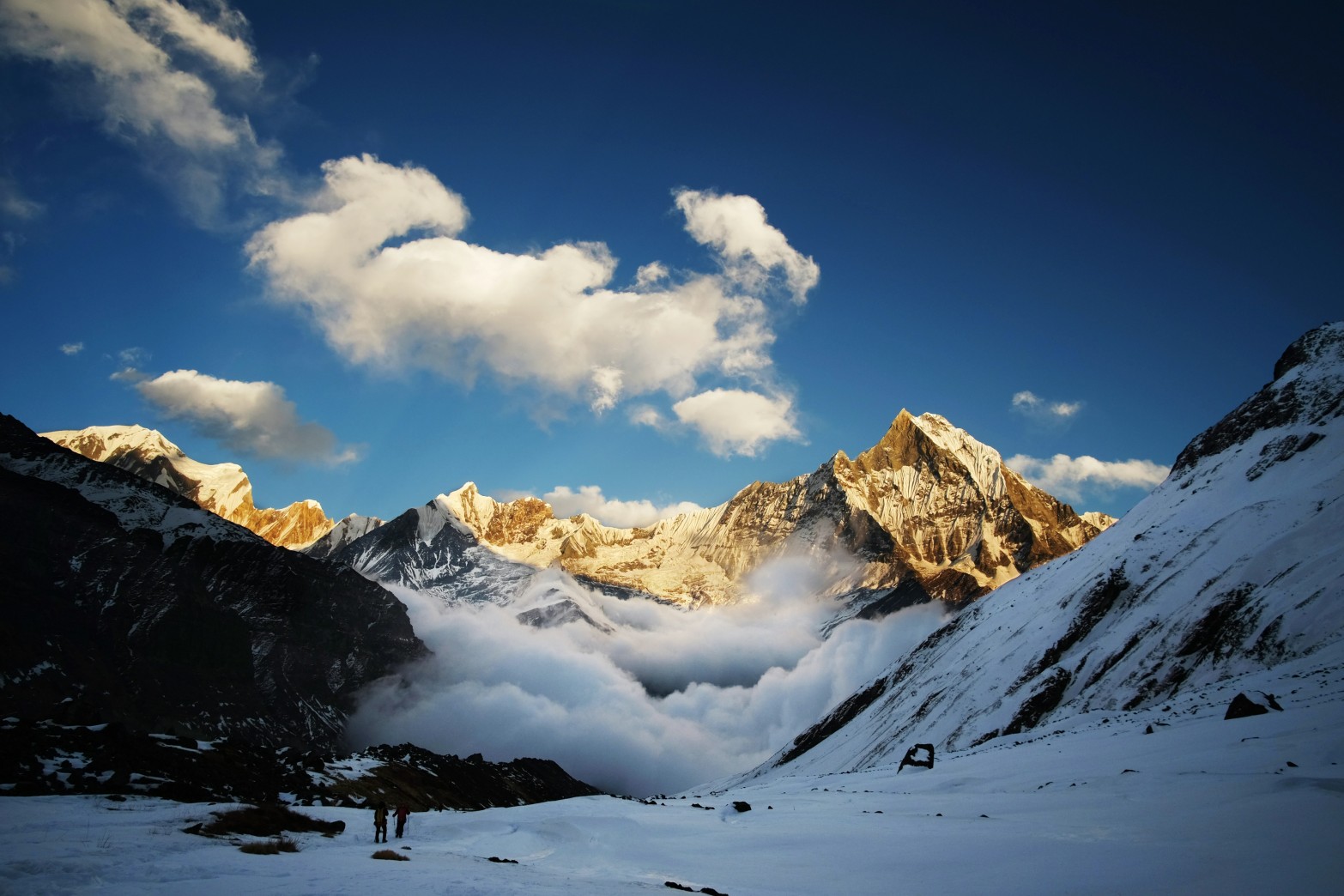
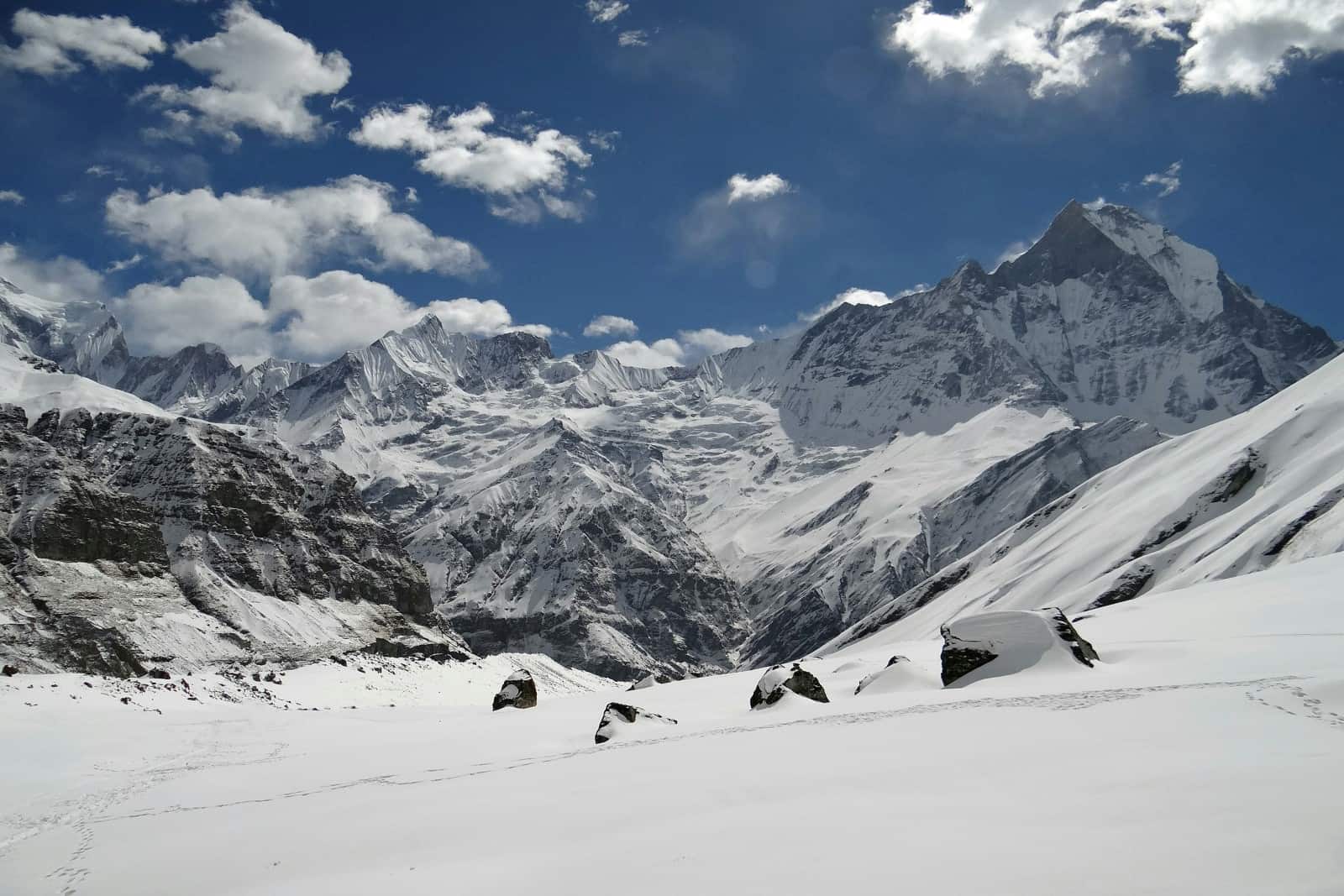

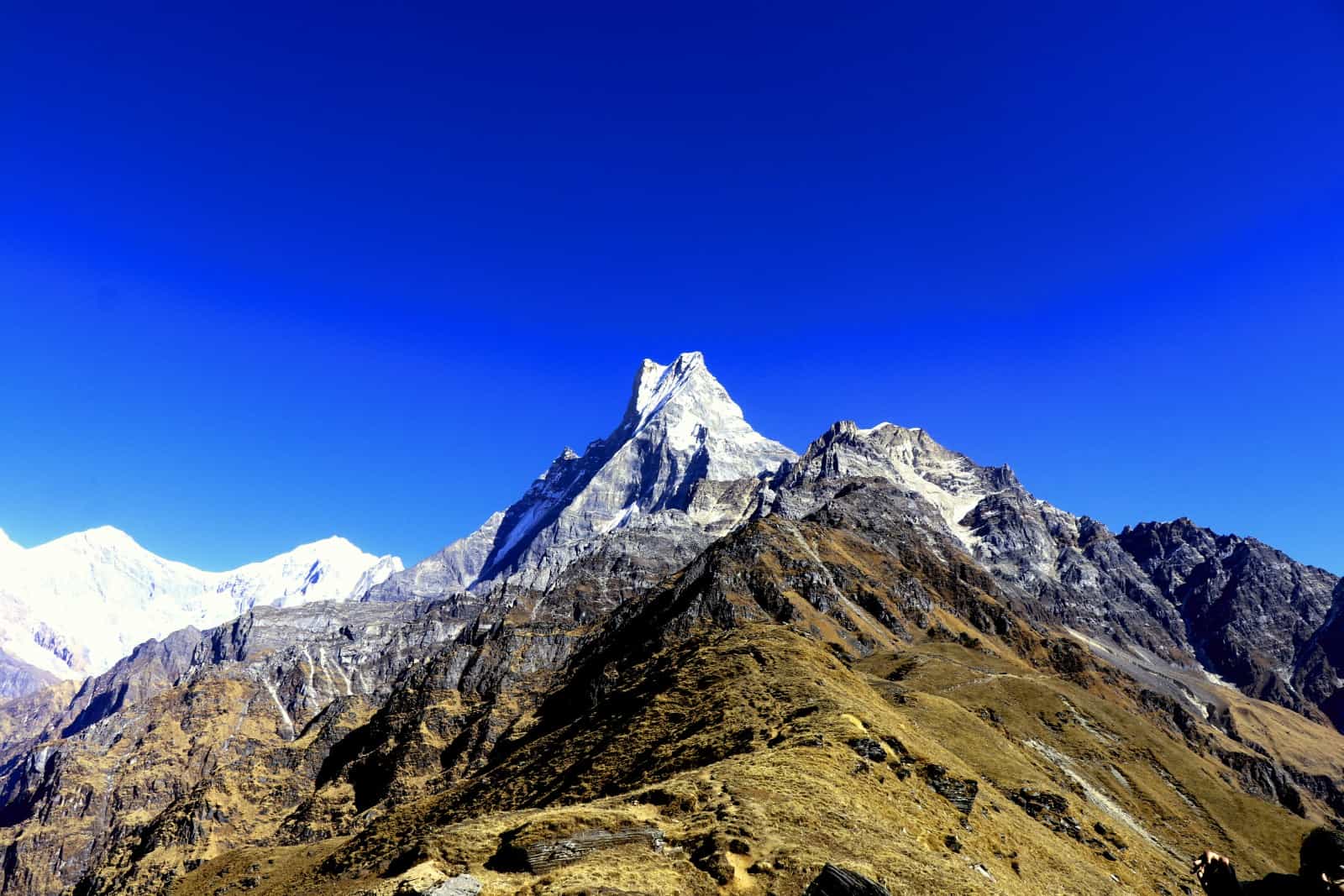
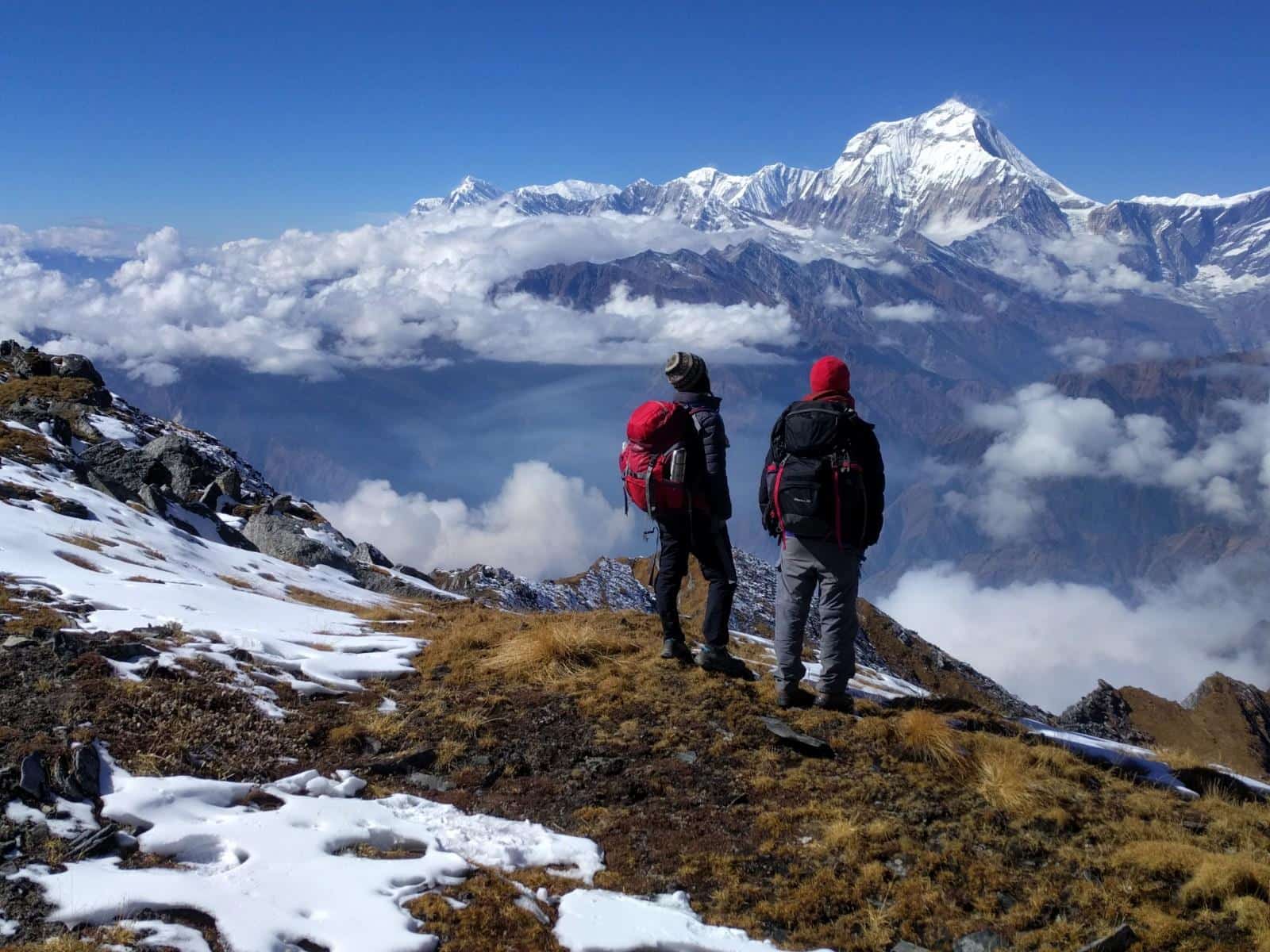
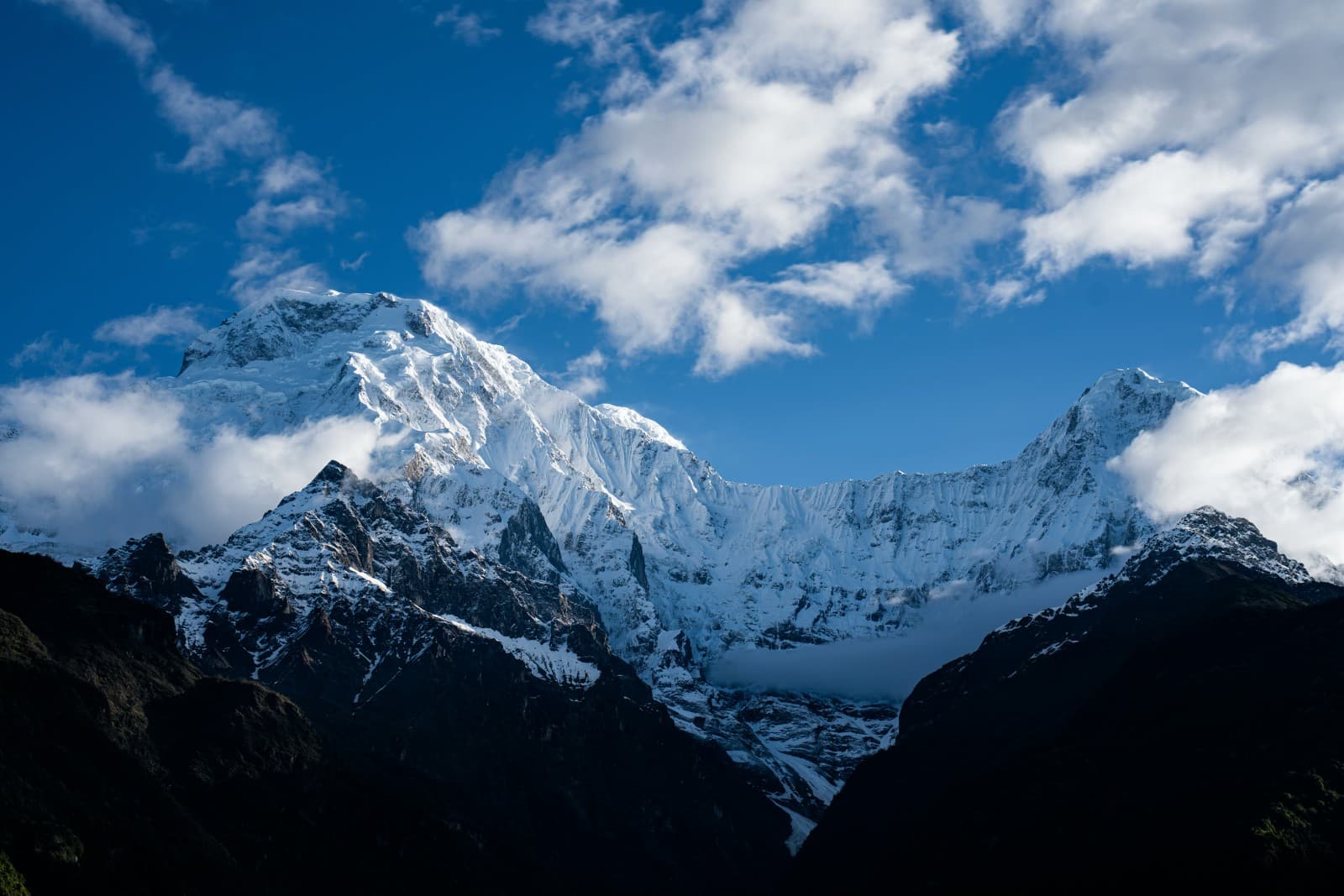
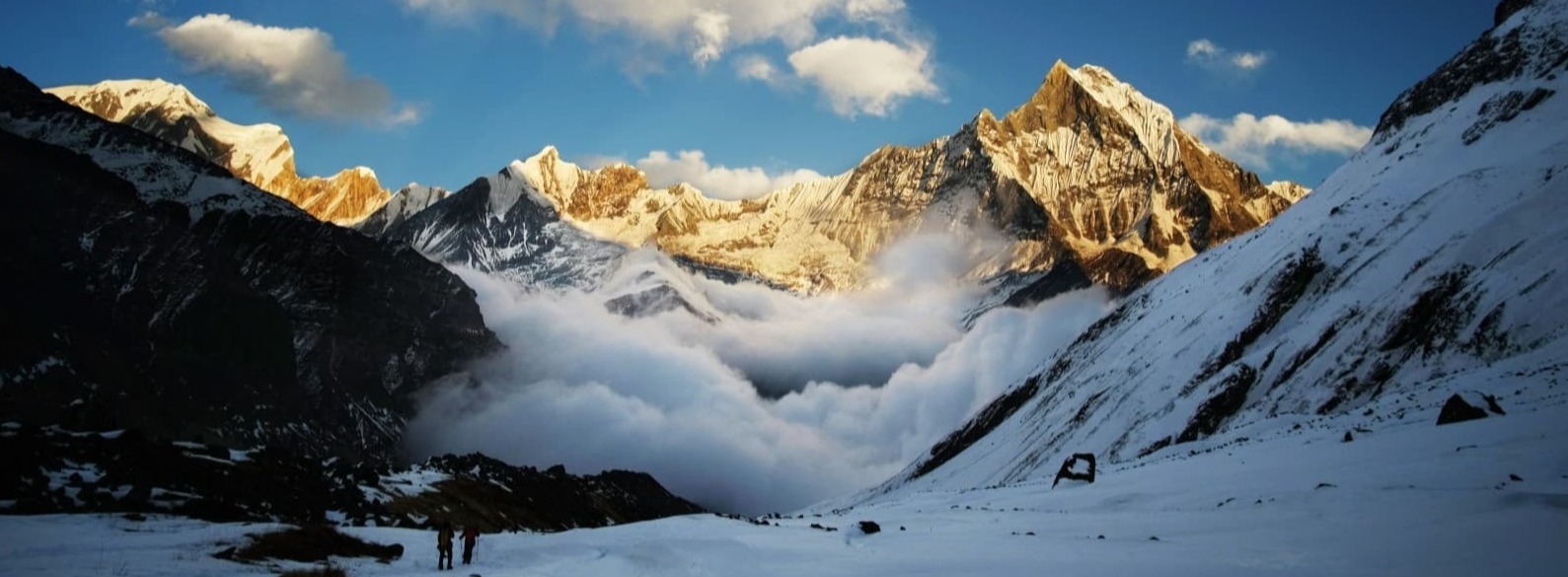
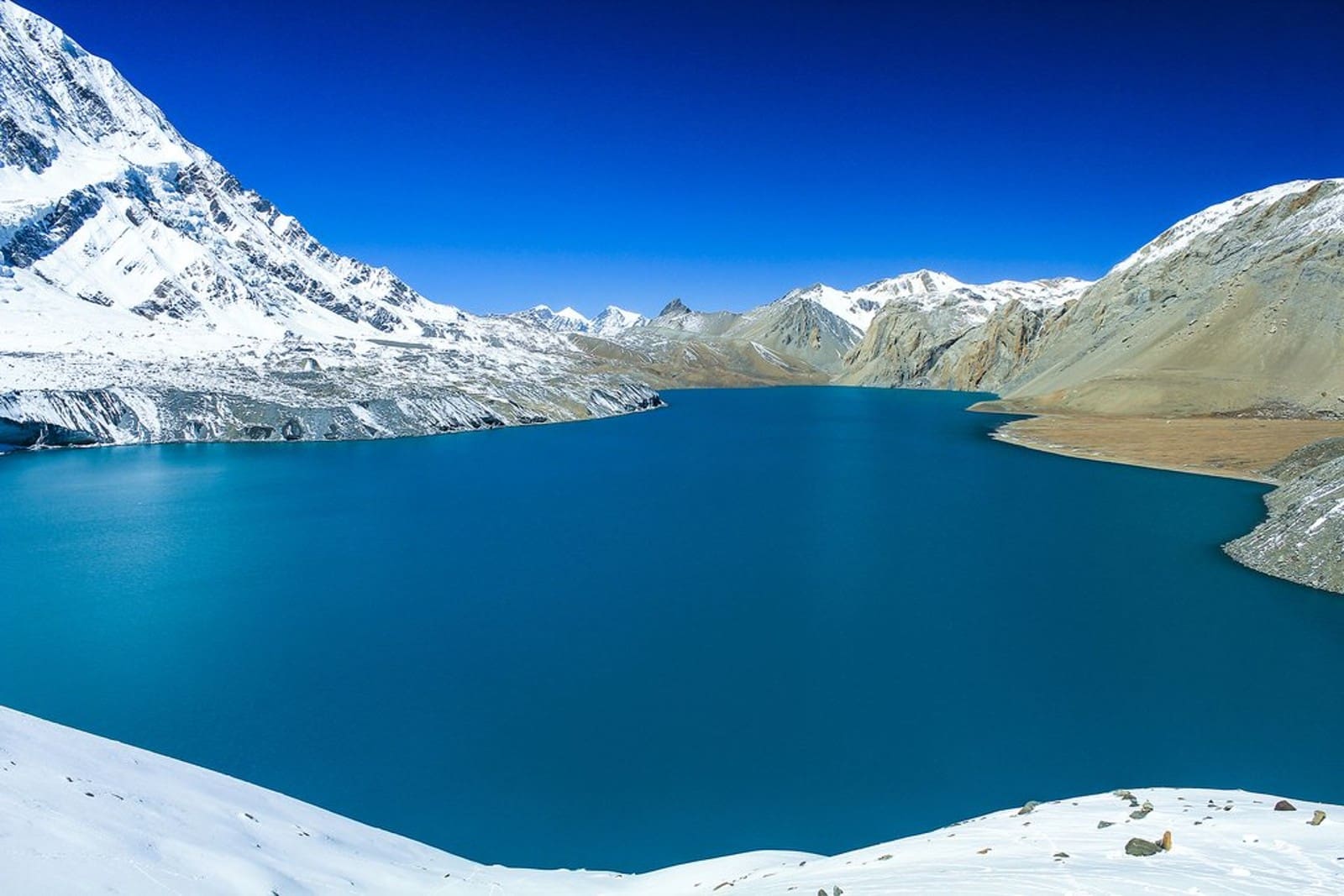
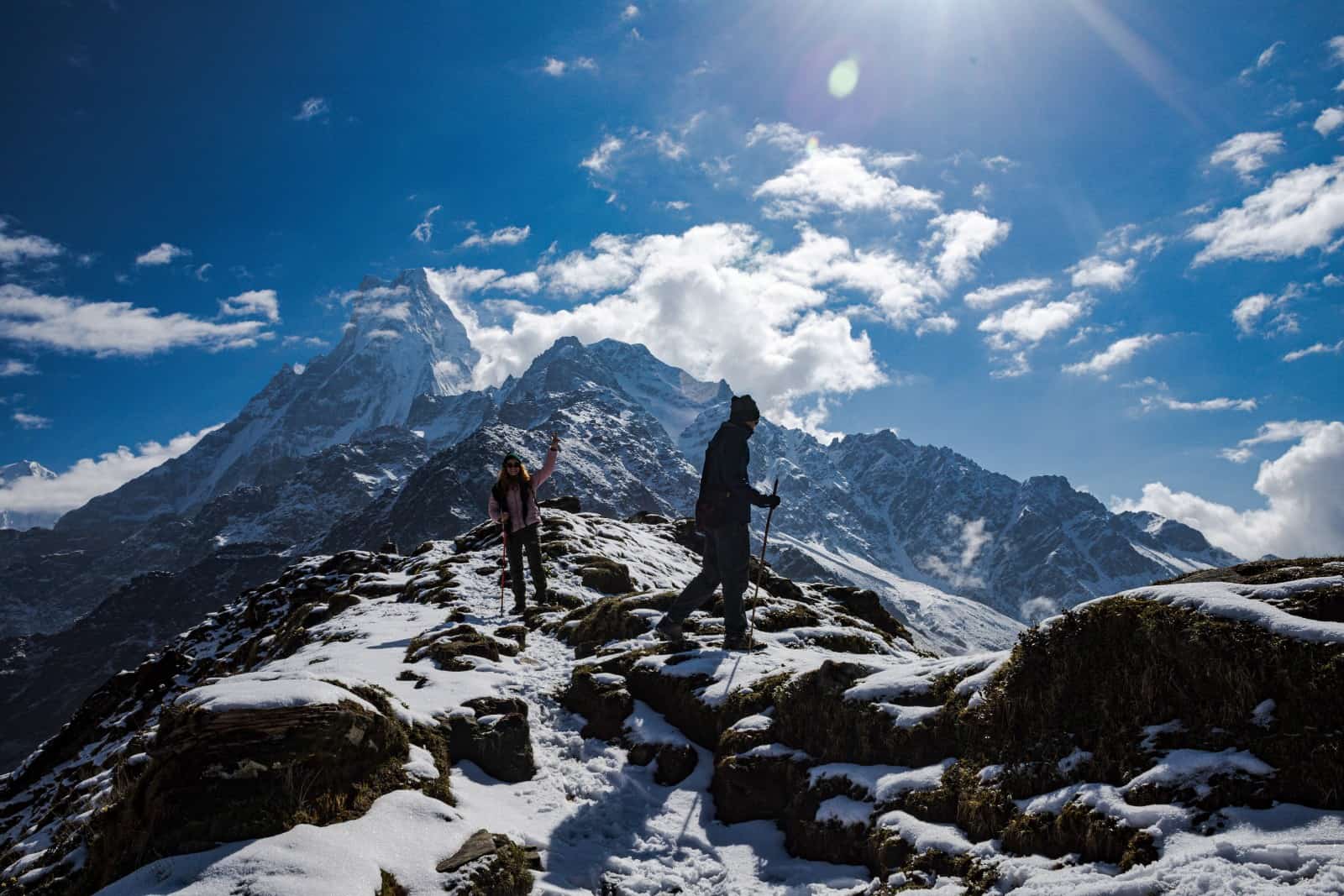
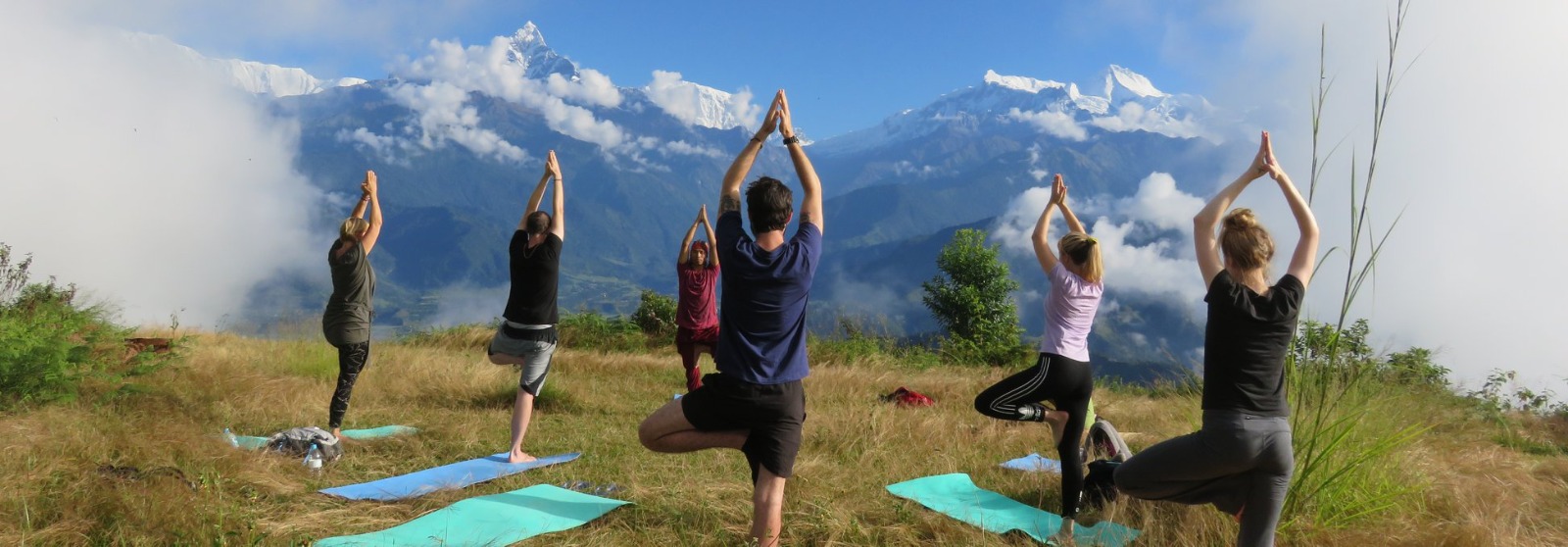
.jpg)

